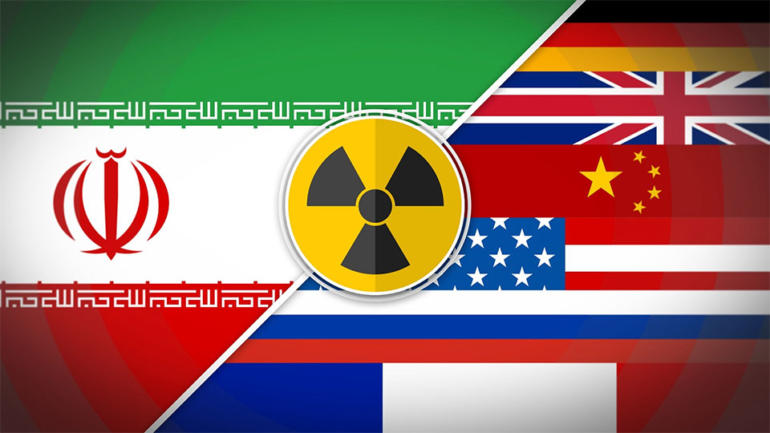U.S. President Donald Trump is no fan of the Iran deal. During his presidential campaign, Trump called the deal “the worst ever.”
What exactly is the Iran Nuclear Deal?
In 2015, China, France, Germany, Russia, the United Kingdom, and the U.S. (known as P5+1) along with the European Union and Iran created the Joint Comprehensive Plan of Action (JCPOA). Most people call it the “Iran nuclear deal.”
It guaranteed that if Tehran’s nuclear program were “exclusively peaceful,” the U.S. and the EU would lift economic sanctions against Iran.
In January 2016, IAEA verified that Iran had complied with the terms of the nuclear deal, and the sanctions were lifted.
How do the nuclear inspections work?
There are 18 nuclear facilities and nine other facilities in Iran monitored by IAEA. The IAEA inspects these sites to see if their activities match descriptions submitted by Iran.
Kelsey Davenport, Director for Nonproliferation Policy with the Arms Control Association said: “Iran is a unique case in that some key locations are subject to 24-hour surveillance and inspection teams are continually in Iran to verify its compliance with the agreement.”
The IAEA’s main focus in Iran is monitoring uranium enrichment. This process can produce fuel to run nuclear reactors or make a nuclear weapon.
Under the Iran nuclear deal, Iran has promised not to enrich uranium above 3.67 percent. Nuclear weapons are typically made of uranium enriched at 90 percent or more.
The IAEA has not wavered from its conclusion that Iran is compliant. “Iran has not enriched uranium above 3.67%,” the agency said in one of its assessments in 2017.
The IAEA continually measures Iran’s stockpiles of enriched uranium and counts the number of centrifuges.
“Inspectors can also use images, including from satellites, to verify activities and investigate concerns about undeclared activities or sites,” Davenport said.
In 2017, U.S. Ambassador to the United Nations Nikki Haley expressed concerns that Iran hasn’t declared all of its nuclear activities to the IAEA.
But suspicions aren’t enough to trigger an inspection. “If the IAEA has concerns that Iran is conducting illicit nuclear activities at sites outside of the declared facilities, inspectors must first present Iran with their concerns and ask for clarifications,” Davenport said.
“If Tehran is unable to provide explanations that address the IAEA’s concerns, inspectors can request access to any location, including military sites. Within a 24-day period, Iran must provide the necessary access.”
Since 2016, the IAEA has issued 11 reports certifying that Iran has met its requirements under the deal. The Agency also said it has gained access to all requested sites in 2017. However, the inspections have not included military sites. The Trump administration believes they should.
Statements by Iranian leaders have also concerned officials in Washington.
“The Americans will take their dream of visiting our military and sensitive sites to their graves… It will never happen,” Ali Akbar Velayati, a top adviser to Supreme Leader Ayatollah Ali Khamenei, Iran’s highest authority, said in 2017.
Davenport said that Iranian comments on access to military sites are often taken out of context.
“Iran allows inspector access to military sites on a case-by-case basis subject to approval of the Supreme National Security Council,” Davenport said.
According to the official JCPOA document: “The [Iranian] government will not permit access to military sites or nuclear scientists for purposes of IAEA oversight under the pretext of the Agreement, except on a case-by-case basis approved by the Supreme National Security Council.”
 CGTN America
CGTN America

